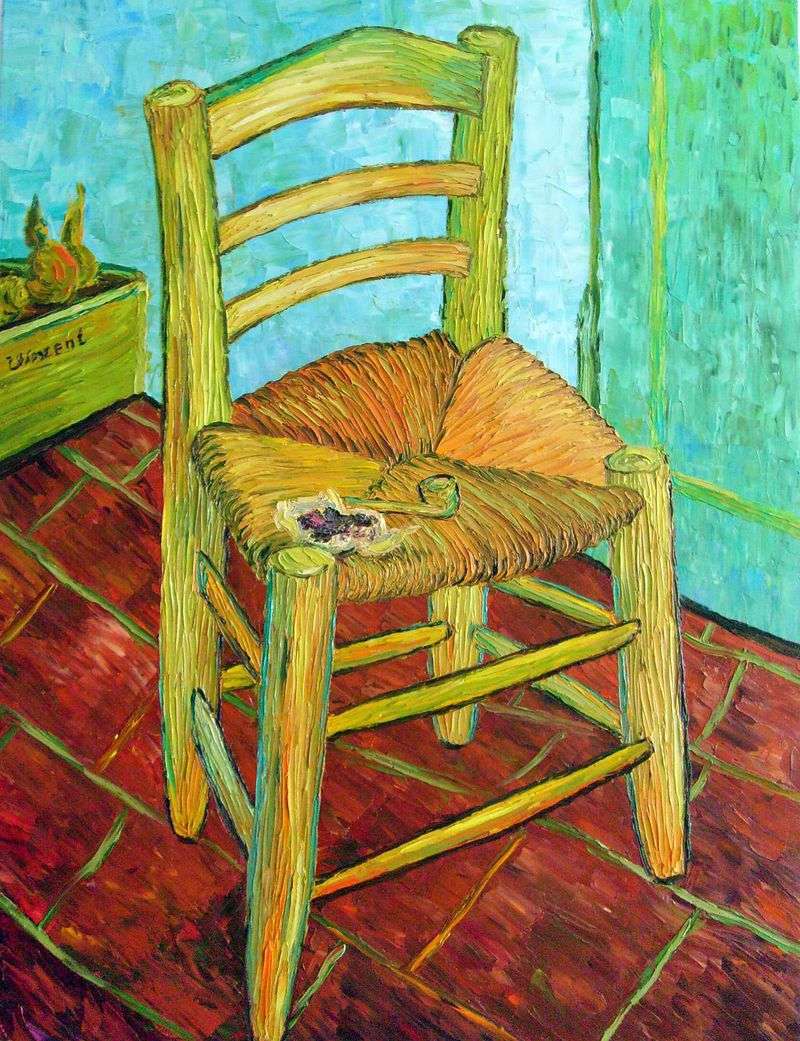
In August 1888, Van Gogh told his brother about his plans to paint a picture with a friend-artist – he called it a dreamer – using exaggerated colors. Instead of the simple background of an ordinary room, he created the night sky effect, on which the head would stand out “like the mysterious gleam of a dim star at infinity.” This letter indicated which value Van Gogh wanted to convey through the portrait. As always, he did not limit himself to a characteristic feature or features of a person who sat in the role of his model.
In this portrait the Belgian Eugène Bosch, an artist by profession, is portrayed as Van Gogh’s vision of a dreamy poet. He is shown simply, in a modern costume, but the stars were added to the background. Later, Van Gogh named the portrait “Poet against the background of the starry sky.” Boh is written in a combination of bright tones of yellow and dark blue. The placement of the human head on the imaginary background of a starry night was to raise the portrait to the level of a more symbolic representation of the artist as a dreamer, and a message about the artist’s transfer from the immediate social reality.
The problem was that, despite such a large-scale idea for a modern portrait based on a combination of color and symbolic attributes, Van Gogh could not convey this semantic load without a full textual explanation, which he had to state in the letters.
 Vincent’s chair with his pipe by Vincent Van Gogh
Vincent’s chair with his pipe by Vincent Van Gogh Starry Night by Vincent Van Gogh
Starry Night by Vincent Van Gogh Self-portrait in a felt hat by Vincent Van Gogh
Self-portrait in a felt hat by Vincent Van Gogh Self-portrait in front of the easel by Vincent Van Gogh
Self-portrait in front of the easel by Vincent Van Gogh The Garden of the Poet (Garden of Poets) by Vincent Van Gogh
The Garden of the Poet (Garden of Poets) by Vincent Van Gogh Self-Portrait V by Vincent Van Gogh
Self-Portrait V by Vincent Van Gogh Portrait of postman Joseph Ruhlen III by Vincent Van Gogh
Portrait of postman Joseph Ruhlen III by Vincent Van Gogh Starry Night by Vincent Van Gogh
Starry Night by Vincent Van Gogh